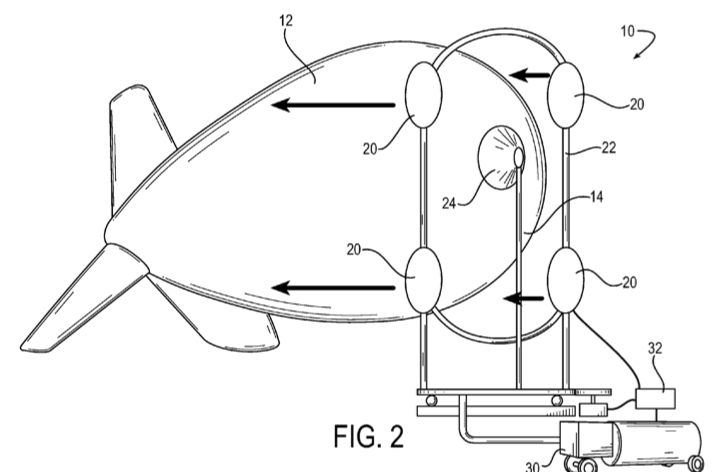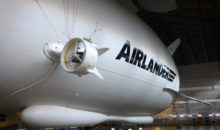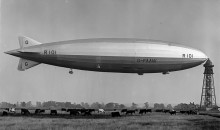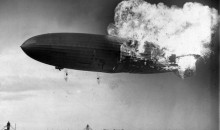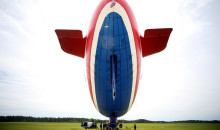Airship Docking Station Patent Application
A patent application by the inventors Benkert, John G. (Acton, MA); Birdsong, Frank A. (Alexandria, VA), filed on June 21, 2013, was made available online on January 2, 2014, according to news reporting originating from Washington, D.C., by VerticalNews correspondents.
This patent application is assigned to Raytheon Company.
The following quote was obtained by the news editors from the background information supplied by the inventors: “Airships, which in the context of this invention includes any airship, aerostat, dirigible, blimp, or other lighter-than-air vehicle, generally owe their buoyancy to inflatable bladders containing a material that is lighter than air–pressurized helium or hydrogen gas, for example. Some airships include a power source for independent travel, and others are connected to the ground through a tether, such as for the purposes of surveillance or marketing. Airships typically have an aerodynamic shape to weathervane to face into the wind and to minimize wind-generated drag forces.
“Although some airships can remain aloft for a long time, airships typically need to return to the ground periodically–to avoid severe weather conditions, or for repair and scheduled maintenance of either the airship or payload equipment carried by the airship, such as radar and electro-optical sensors. Landing/docking an airship typically requires 10-15 people on the ground to stabilize the airship and prevent damage to its skin or payload until it is secured. This landing process can be risky to technical payloads and dangerous to ground personnel during times of gusty winds and turbulence. Recent U.S. military experience with tethered airships has shown a frequent occurrence of either damage to a critical sensor from a ground strike or loss of the entire airship due to a broken cable. At times over the past 10 years the loss of an airship occurred at an average rate of once per month, thus reducing the situational awareness of potential threats in the area.”
In addition to the background information obtained for this patent application, VerticalNews journalists also obtained the inventors’ summary information for this patent application: “The present invention provides an airship docking station with one or more sources of relatively high speed airflow to facilitate landing an airship in turbulent or gusting air conditions. The sources of airflow are arranged to produce an envelope of laminar airflow over the surface of the airship to stabilize the airship as it maneuvers into a docked position where it can be secured by ground personnel and the docking station. The modified docking station provided by the invention facilitates retrieving an airship while mitigating the risk of airship or payload damage, and mitigating the risk of injury to ground personnel faced with catching guide ropes on a buffeting airship with a reduced ground crew (i.e. reducing cost), compared to the current docking systems in use today. The modified docking station also facilitates automated or semi-automated airship landing with fewer or no ground personnel.
“The present invention also provides a method of using a docking station with sources of airflow to help an airship land at the docking station. The method includes the steps of activating one or more relatively lower sources of airflow; and activating one or more relatively higher sources of airflow spaced from the lower sources of airflow. The step of activating the relatively higher sources of airflow occurs after the airship is brought near airflow generated by the lower sources of airflow.
“Further features of the invention will become apparent from the following detailed description when considered in conjunction with the drawings
via – 4-Traders.

